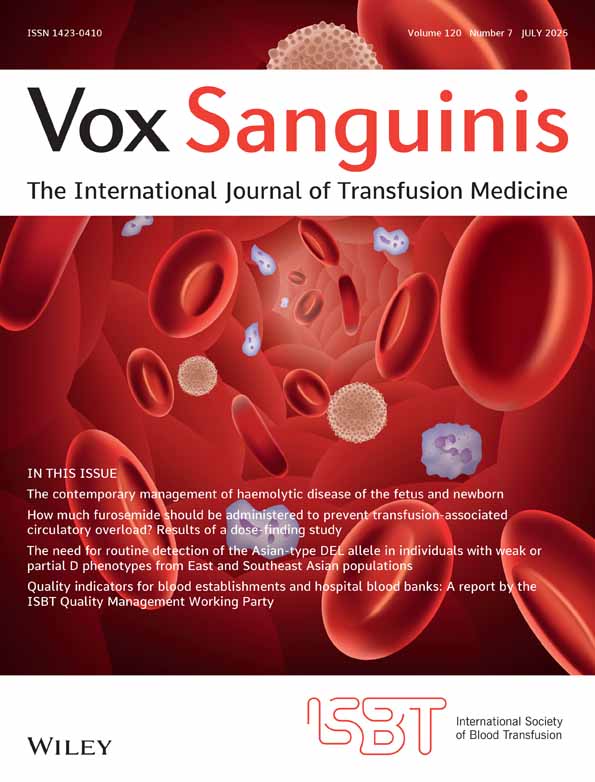Typing for the Human Lewis Blood Group System by Quantitative Fluorescence-Activated Flow Cytometry: Large Differences in Antigen Presentation on Erythrocytes between A1, A2, B, O Phenotypes
Abstract
Background: Lewis phenotyping by hemagglutination is an unreliable routine method for Lewis antigen designation. Now genomic typing of the Lewis gene is available. Additionally, flow cytometry has been used for typing. We wanted to compare the results of Lewis typing in healthy individuals using the three methods. Materials and Methods: Ninety-three randomly selected plasma donors were genotyped for inactivating Secretor (FUT2) G428A and Lewis (FUT3) T59G, T202C, C314T, G508A and T1067A point mutations: All Le(a+b−) individuals (nonsecretors) were homozygous for the FUT2 G428A mutation and all Le(a−b−) individuals had inactivating mutations on both FUT3 alleles. Fixed erythrocytes were analyzed by fluorescence-activated flow cytometry and the results were compared with hemagglutionation and genotypic data. Antigen availability was expressed as median fluorescence intensity and as percentage positive cells with fluorescence intensities ≥ 102. Results: Using an anti-Lea reagent a mean of 99% of erythrocytes from Le(a+b−) individuals and 1% of erythrocytes from Le(a−b−) or Le(a−b+) individuals were stained positive. Using an anti-Leb reagent, a mean of 71% of erythrocytes from A1, 95% from B and 99% from O and A2 Le(a−b+) individuals and less than 10% of erythrocytes from Le(a−b−) or Le(a+b−) individuals were stained positive. After papain treatment 100% of the erythrocytes from A1 and A1B Le(a−b+) individuals stained positive without increase in background staining. The flow cytometric technique revealed large differences in staining intensities, within each ABO Le(a−b+) subgroup which was not directly correlated to plasma donation frequencies nor to Secretor or Lewis genotypes. Conclusion: Flow cytometry may prove valuable as a Lewis blood group typing technique but also as a research tool when investigating Lewis phenotypes of human erythrocytes.




